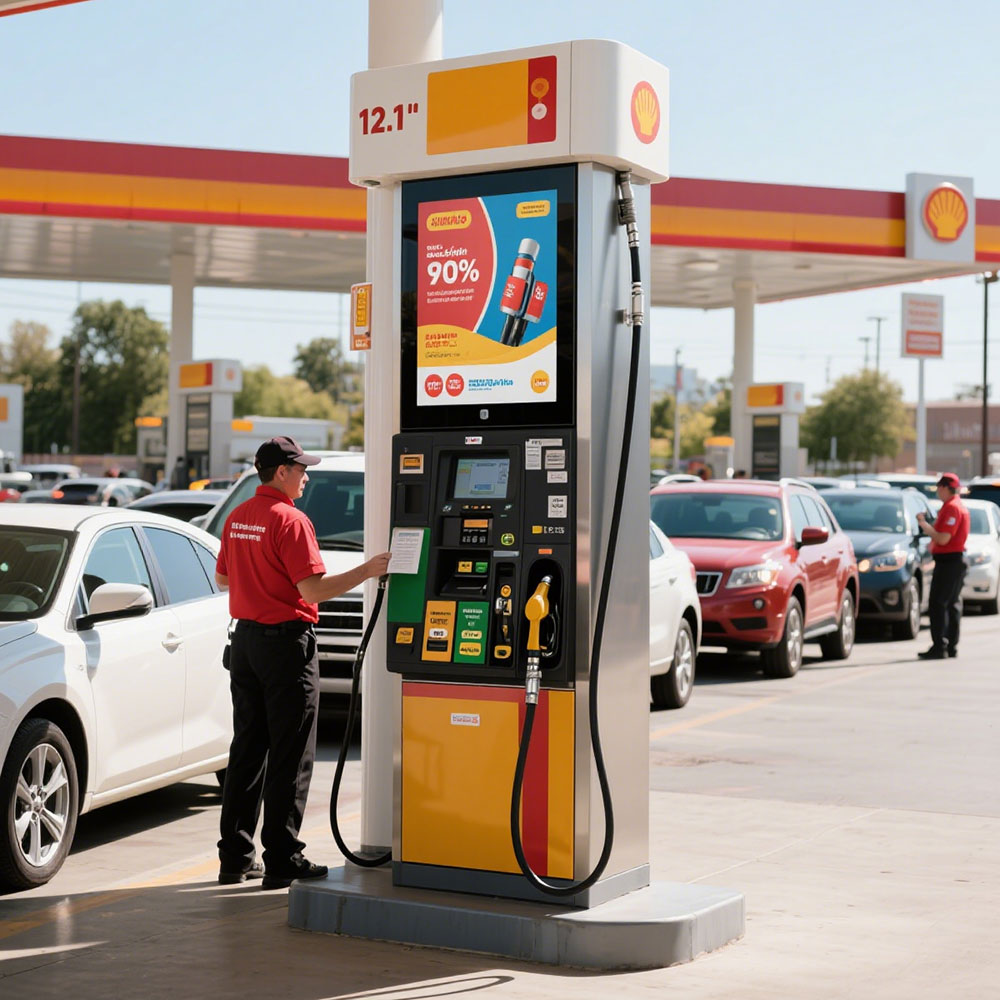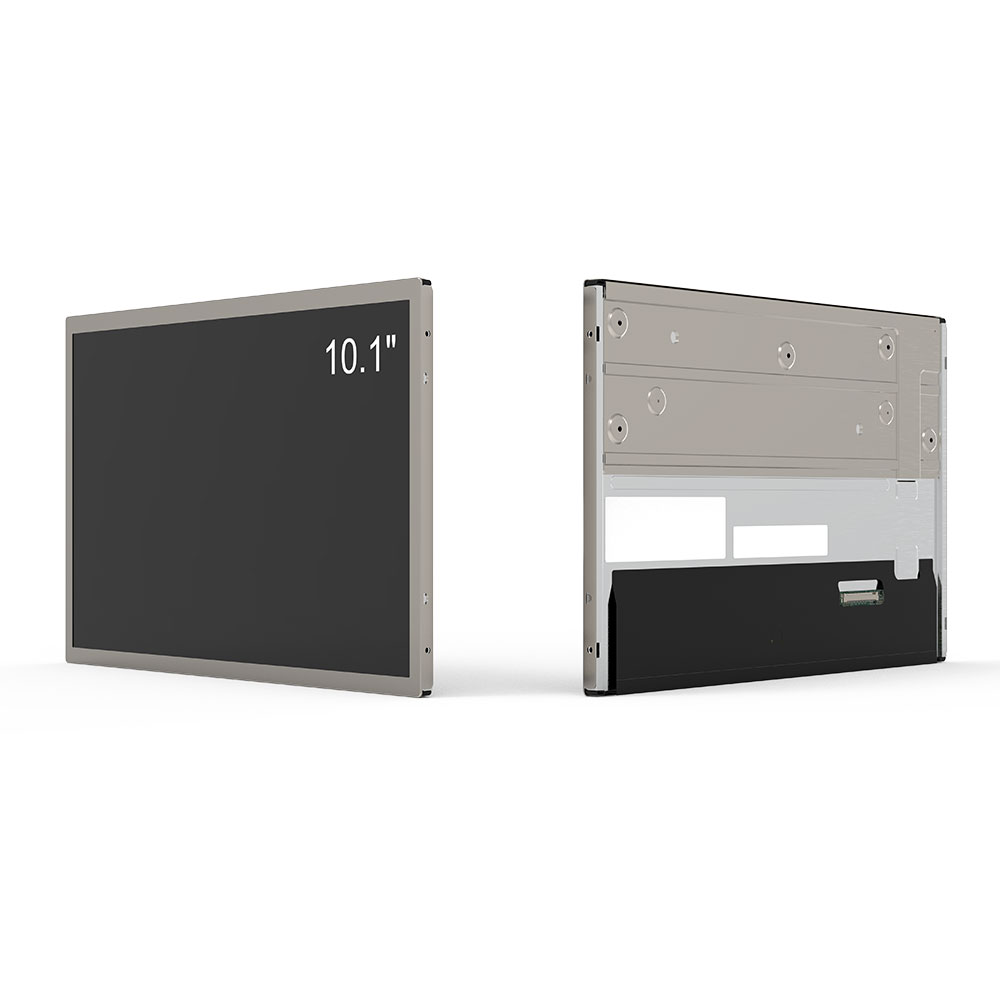In outdoor applications such as public information kiosks, transportation signage, and industrial control panels, high-brightness LCD displays must withstand harsh environmental conditions—including mechanical impacts. The IK10 rating, defined by the IEC 62262 standard, represents the highest level of protection against physical impacts (equivalent to a 5 joule impact from a 50mm steel ball dropped from 1 meter). Achieving IK10 compliance is not just about meeting a certification—it’s about ensuring long-term reliability, safety, and user trust in demanding environments.
To build an IK10-rated display, manufacturers integrate multi-layered protective strategies. First, the front glass is typically made of chemically strengthened or tempered glass with a minimum thickness of 3–4 mm. This layer absorbs the majority of impact energy. Second, an anti-reflective coating (ARC) and oleophobic layer are applied—these must remain intact after impact testing. Third, the display module itself is housed in a robust aluminum or polycarbonate frame designed to distribute force evenly across the structure. Field tests conducted by leading manufacturers like LG Display and BOE confirm that IK10-rated modules maintain >95% visual clarity even after repeated 5J impact events.
The backlight system also plays a critical role. In high-brightness displays (often 5,000–10,000 nits), LED arrays are mounted on a rigid PCB with reinforced thermal pads and epoxy potting to prevent internal damage during vibration or impact. According to MIL-STD-810G, devices with IK10 ratings must survive shock and vibration cycles typical of mobile vehicle installations—such as buses, construction equipment, or military vehicles.
For real-world implementation, consider case studies: A UK-based smart traffic signal manufacturer reported a 70% reduction in field failures after switching to IK10-certified LCDs. Similarly, a U.S. airport signage provider reduced maintenance costs by 45% after deploying IK10-rated displays in terminal areas exposed to luggage carts and foot traffic.

Finally, integration with IP65/68 waterproofing ensures the entire unit remains protected—not just the screen. When designing for IK10, engineers must simulate real-world stressors using standardized drop tests per IEC 62262, including multiple orientations and edge impacts. The result? Displays that last 10+ years under daily abuse, offering unmatched durability in sunlight-readable, high-brightness environments.








